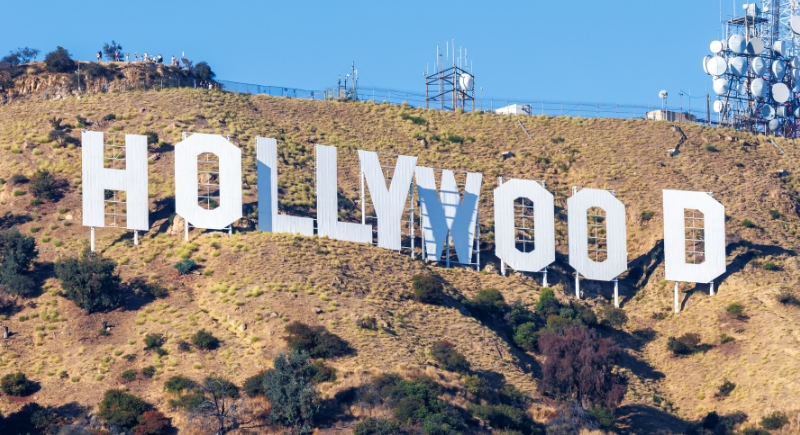What a 100% Tariff on Foreign Films Would Mean for the Movie Industry
There’s a fresh storm brewing over Hollywood, and it’s related to money, politics, and the complicated business of where movies actually get made. For decades, American studios have packed their bags and headed abroad to shoot films in countries that offer generous tax breaks, cheaper labor, or simply the right look for a story. Now, that practice is at the center of an unexpected fight.
President Donald Trump has threatened to slap a 100% tariff on films made outside the United States.
The announcement immediately rattled studios, governments, and unions. A policy that touches everything from streaming deals to co-production contracts could reshape how films are produced, distributed, and even watched. Yet the details are so unclear that it leaves industry insiders scratching their heads.
What exactly counts as an American film in a global industry stitched together by international partnerships?
The Global Hollywood Problem

Image via MarekPhoto’s Images/Markus Mainka
The U.S. still dominates the film business, but its grip has been slipping. Production spending inside America dropped by 26% between 2022 and 2024, according to data compiled by industry tracker ProdPro. During the same period, Australia and New Zealand saw a 14% jump in big-budget projects.
Canada, the U.K., and several European countries have also been busy luring Hollywood blockbusters with tax credits and skilled crews. For proof, look at Wicked, Gladiator II, and Deadpool & Wolverine. They are all U.S.-produced films that shot major portions overseas.
Countries have been competing in a global subsidy race worth billions, trying to tempt studios with rebates and incentives. States inside America have joined in, too. Over the past two decades, 38 states have put more than $25 billion into their film tax programs. California nearly doubled its film and TV tax credit this year to $750 million in an attempt to keep productions closer to Los Angeles.
Can You Tax a Service Like a Movie?
A tariff on imported films, in theory, is like slapping a fee on a shipment of steel or furniture. In reality, it’s a logistical nightmare.
Films don’t arrive at customs docks in crates; they’re distributed digitally, co-financed across borders, and often assembled with post-production teams scattered around the world. Defining what’s “foreign” is almost impossible. If a U.S. studio films in London with American stars but relies on Canadian crews and Australian visual effects, does that count?
Legal experts say the plan might also run into a wall called the Berman Amendment. This was written into U.S. law in 1988 to prevent the government from restricting imports of information materials like films, music, and books. It was designed to protect cultural exchange during the Cold War, but it still stands today.
In addition, the World Trade Organization has a moratorium on digital tariffs through March 2026, which means streaming films would be exempt from new duties.
Who Pays the Price?

Image via Getty Images/skynesher
Even if such a tariff could be applied, the fallout would almost certainly reach audiences. Analysts predict that higher costs for studios would translate into pricier tickets and streaming subscriptions. That’s on top of already strained budgets after the pandemic, strikes, and the collapse of DVD sales. Investors have noticed, but they’re not panicking yet. Stocks for Netflix and Disney dipped when the threat was announced, only to bounce back as if Wall Street wasn’t convinced the policy would stick.
There’s also the issue of retaliation. Hollywood depends heavily on overseas box office returns to make back its ballooning budgets. China has already limited the number of U.S. films it allows into theaters, and other markets could follow suit if America slaps tariffs on their productions. This comes at a time when Hollywood is still recalibrating after years of shifting viewing habits.
A Different Fix
The irony is that many inside Hollywood actually agree with the president’s diagnosis, just not his prescription. Productions have drifted away, and Los Angeles has lost jobs to cheaper and better-incentivized locations. However, instead of tariffs, lawmakers in California and Washington are pushing for new federal tax credits to make filming at home more competitive. Some call it a “race to the bottom” of subsidies, but for now, it’s the reality of keeping cameras rolling in the U.S.
Until more details surface, the industry will be left with speculation and a sense of unease. A 100% tariff on foreign films would look messy, costly, and potentially harmful to the very businesses it claims to protect. Still, the fact that it’s being discussed at all shows how high the stakes have become in the battle over Hollywood’s future.